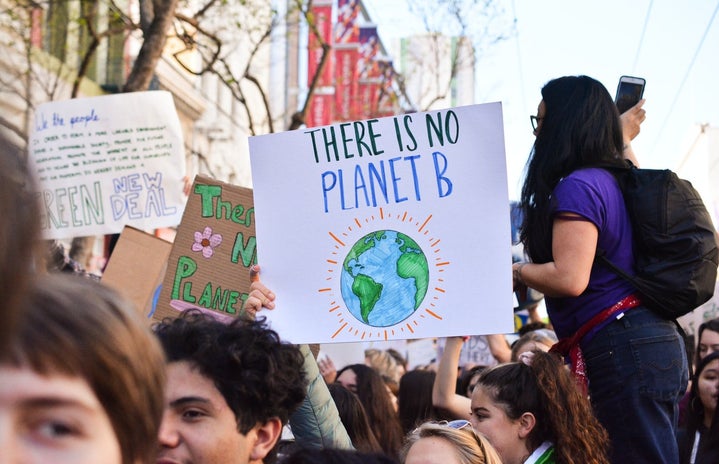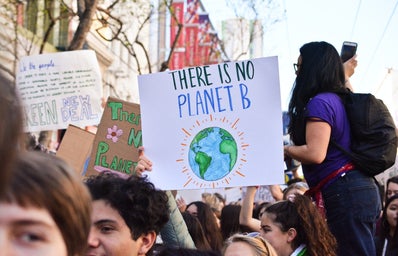U.S. President Joe Biden’s administration has officially approved the Willow Project in Alaska, a massive $8 billion dollar oil drilling project led by oil giant ConocoPhillips in Alaska. I’m not sure if the Willow Project has made major headlines, or at least not what the project specifically entails. But I vividly remember active protesters during this time, demanding action and persuading people to contact their state representatives or leave messages trying to repeal the project. Unfortunately, that effort is to no avail.
So what exactly is the Willow Project?
In short, the Willow Project is an $8 billion oil drilling project developed by ConocoPhillips on the North Slope of Alaska. The project is located in the National Petroleum Reserve – Alaska (NPR-A) and is expected to produce up to 160,000 barrels of oil per day once it is fully operational. The project has been controversial, with concerns about its potential environmental impact on the region, including the wildlife and indigenous communities that rely on the area.
What does this mean?
The Willow Project is a devastating blow to the environment since it will
- Produce more than 600 million barrels of crude over 30 years
- Burning 280 million metric tons of carbon emissions (equivalent to 66 coal-fired power plants or 56 million vehicles)
- Releasing 9.2 million metric tons of carbon pollution annually
In retrospect, Willow would take years even to produce a single drop of oil, locking the project into decades of fossil fuel development. Essentially one giant “carbon bomb” that is devastating for the environment. To add insult, your money might have financed Project Willow. That’s right- YOUR money.
Despite banks pledging not to finance oil projects in the Arctic, 12 banks financed ConocoPhillip’s Project Willow anyways. Willow is expected to cost at minimum $8 billion to construct, so where are they getting that money from? 39 of the top 60 banks have some type of Artic project exclusion policy, however that won’t stop them from financing a company doing Arctic projects anyways. How? They circumvent restrictions with strategic lending loopholes.
As young people, this may feel like a stab in the back, but we must not give up. We must continue our efforts to hold polluters responsible and urge administration to take further climate action.


